

9:15 am EST - 12:45 pm EST
Past Event
9:15 am - 12:45 pm EST
1775 Massachusetts Avenue N.W.
Washington, DC
20036
Central bank communications have evolved substantially since Sir Montagu Norman, the governor of the Bank of England from 1921-1944, reportedly took as his personal motto, “Never explain, never excuse.” More recently, in the U.S., the Federal Reserve has expanded its communications to include a statement after every meeting of the Federal Open Market Committee (FOMC), quarterly press conferences by the chair, and quarterly projections of the economy and the path of interest rates by each member of the FOMC.
Other central banks have done much the same, believing that monetary policy is more effective when the public and financial markets understand the central bank’s thinking and that openness is essential to preserving central bank independence in democratic societies. Yet the Fed is often criticized for being unclear and opaque, and there is no doubt that the Fed’s audiences are often confused.
On November 30, the Hutchins Center on Fiscal and Monetary Policy and the Center for Financial Economics at Johns Hopkins examined the purpose and quality of Fed communications from the perspectives of academics, former Fed officials, Wall Street Fed watchers, and those in the press who cover the Fed. What is and what should be the goal of Fed communications? What does it do well? Not so well?
Read Governor Powell’s prepared remarks on the Federal Reserve’s website.
Related Content

Jon Faust
November 29, 2016
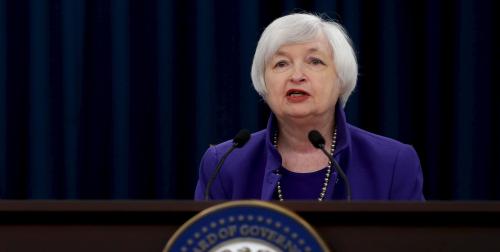
Ben S. Bernanke
November 28, 2016
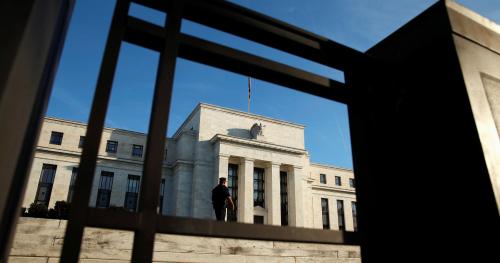
Donald Kohn
November 21, 2016
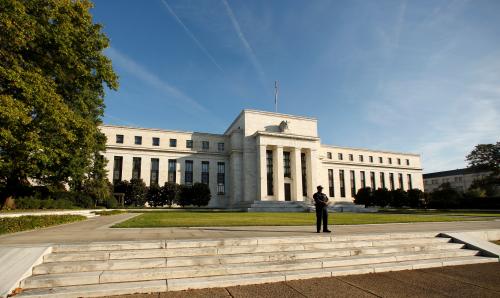
David Wessel, Peter Olson
November 21, 2016


Moderator

Moderator

Panelist



2025
Online only
Thursday, 10:30 am - 12:00 pm EDT
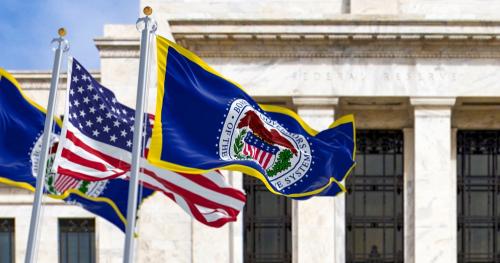
David Wessel
May 23, 2025
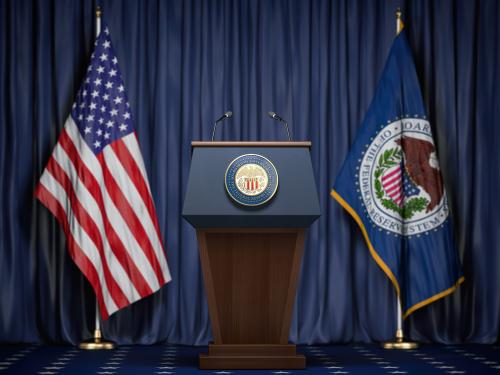
Ben S. Bernanke
May 16, 2025